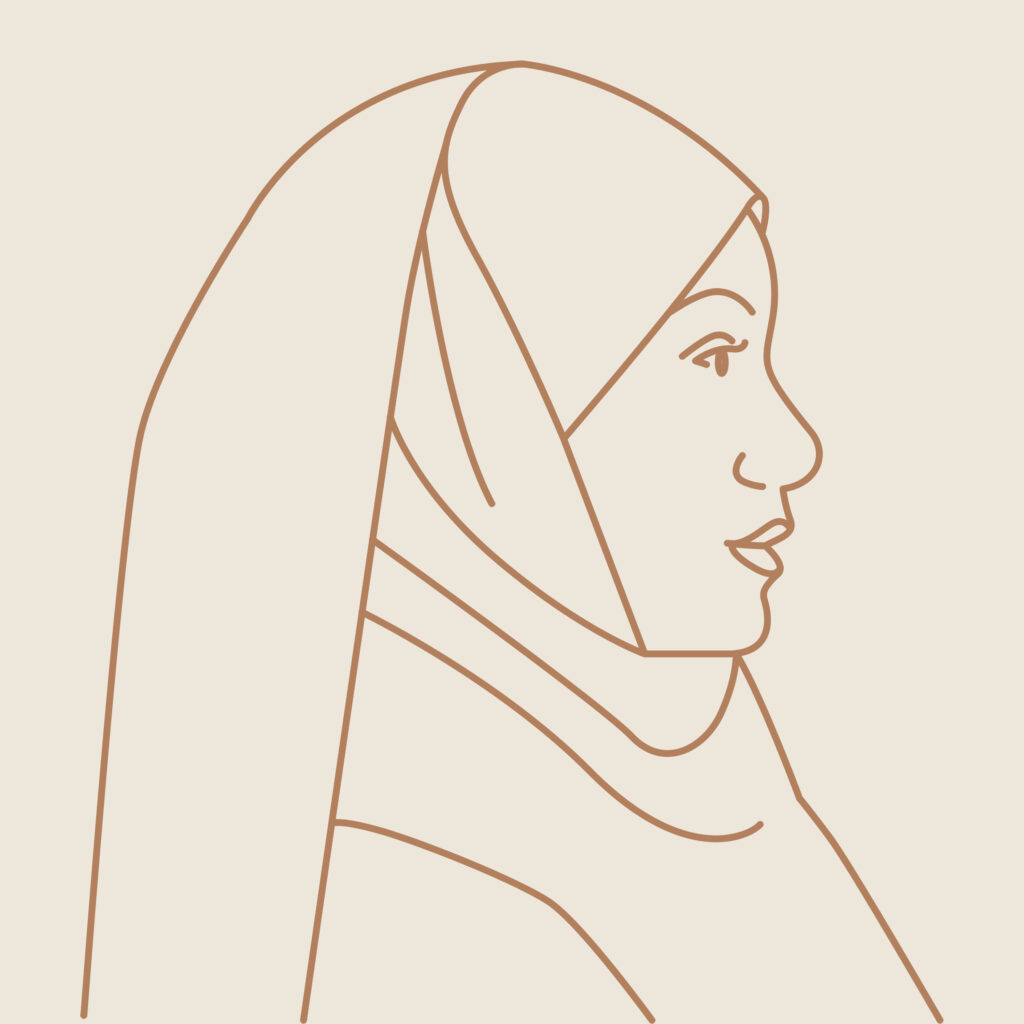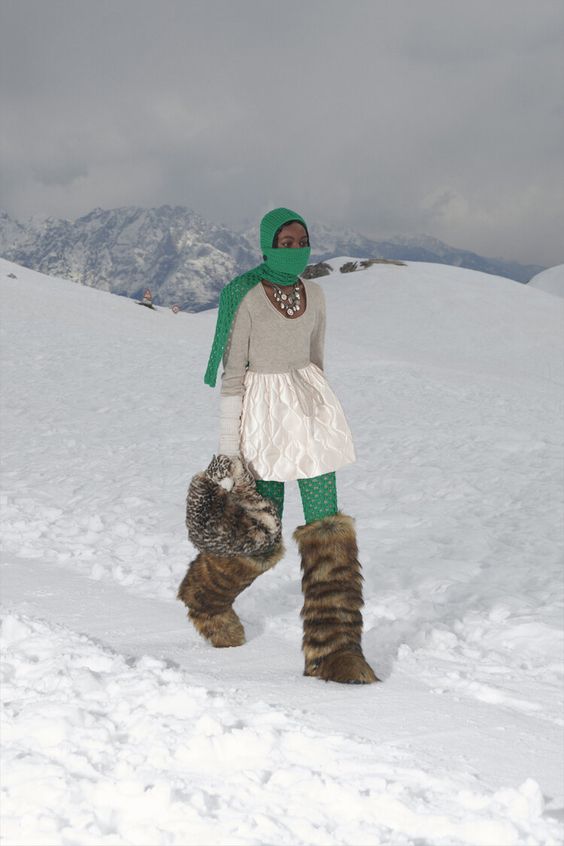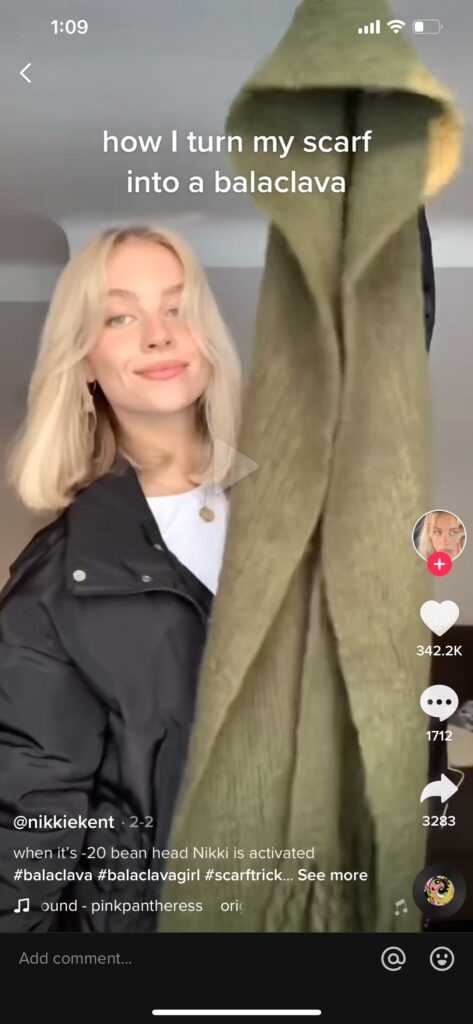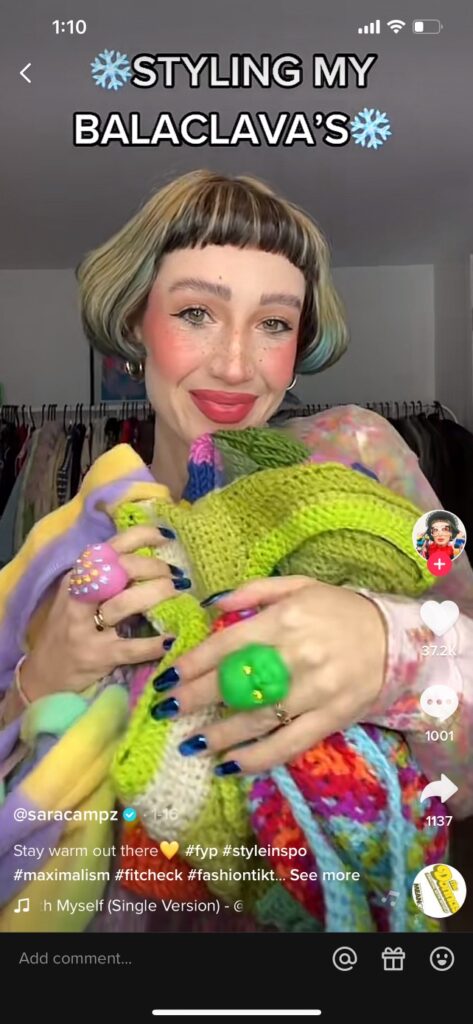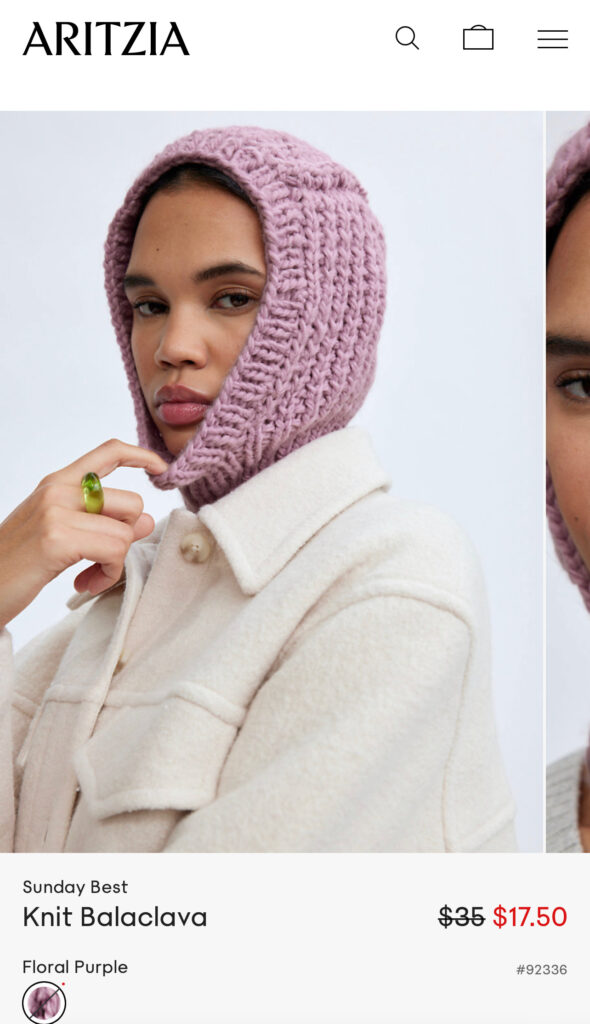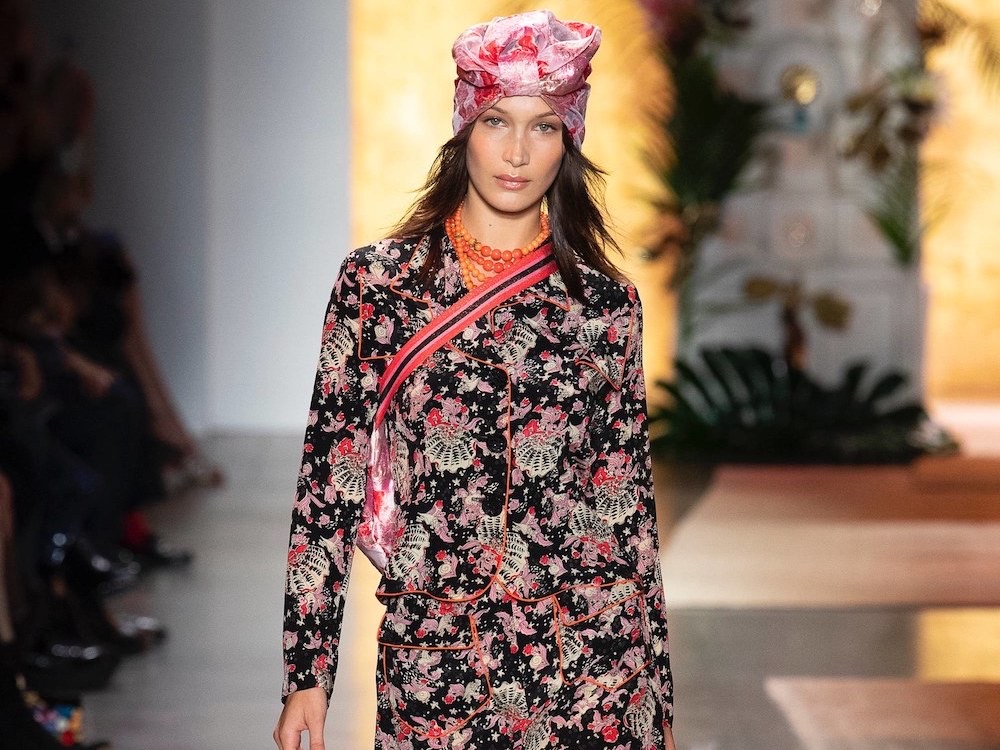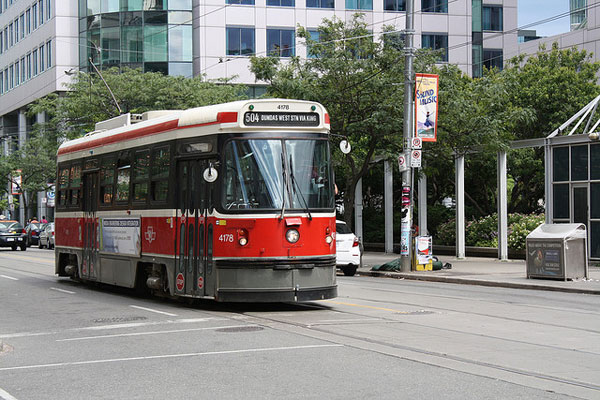By Danielle Reid
Idman Mohamed, 22, was absentmindedly lying in bed scrolling through her TikTok “for you”
page, full of the usual #booktok recommendations, makeup tutorials and fan-cam edits, when she
was faced with a video that caught her off guard.
She read the words on the screen, “How I turn my scarf into a balaclava,” as she watched a white girl roughly her age tie a knit scarf around her head and neck in a way that looked strikingly similar to the hijab she had worn since she was in grade school.
“My first question was, ‘Wait… is she Muslim?”she said.
Balaclavas and headscarves have appeared in the fashion world for years but grew in popularity
this season, especially on TikTok where #balaclava has over 153.6 million views. They have
been featured on a number of high-fashion runways like Miu Miu’s fall/winter collection and have been sported by trendsetting celebrities like Beyonce. Fast-fashion brands, such as Aritzia and H&M have even started selling balaclavas this season so that people can hop on the trend without breaking the bank.
The balaclava trend, however, has attracted criticism from some Muslim women who point out that there is a double standard at play. They are demonized for their decision to wear the hijab, while non-Muslims are deemed fashionable for wearing something near identical.
“You see it in Vogue: [white women] will cover their hair and put on those sunglasses, and I think, this is basically a hijabi,” said Mohamed. “They’re doing it and getting idolized for it, but if I wear it in the street I would be hate-crimed.”
The balaclava controversy has led to a broader conversation about microaggressions and Islamophobia experienced by hijabi women.
According to Statistics Canada, police-reported violent crimes against Muslims
were more likely than other hate crimes to involve female victims, due to a number of factors such as head coverings which may “make religious identity more visible for Muslim women than for men.”
Mohamed recalled the first time she encountered violent Islamophobia on the TTC on her way
back home from school.
After witnessing a drunk man berating a hijabi woman sitting with her two children, calling her
profanities and saying, “I bet your husband has two wives,” Mohamed interjected, surprised that
no one was doing anything to help.
She asked the man what his issue was and told him to go away when suddenly he took his bottle and smashed it against the bus pole next to her, glass flying everywhere.
“I was traumatized… I know a lot of stuff happens in Toronto but I was scared,” she said, as she explained that she was unable to take the bus for a month afterward.
“It was a reminder of how the outside world sees me. They don’t see me; they see the hijab first,” said
Mohamed.
Dr. Amina Jamal, a sociology professor at Ryerson University, spoke in an interview about why
the hijab is often targeted in the West.
“It’s assumed that the hijab is always a symbol of oppression… It’s frozen in time. It is not seen
as an item that anyone can choose to wear,” she said.
Elaf Al-Maktari, 20, said much of the discrimination she has experienced as a hijabi came in the form of microaggressions, despite growing up in a diverse neighbourhood in North York.
“People think that the hijab means that I don’t speak English,” she said, adding that people have made comments about being surprised she didn’t have an accent.
Al-Maktari said that her issue is not with the balaclava itself because, in her opinion, it would be unfair to call it cultural appropriation.
“We understand the background and history of balaclavas; it wasn’t something that was stolen
from Hijabis,” she said.
“Educating yourself on the privilege you have to wear it is an important thing… It’s an extreme
privilege to wear it without discrimination.”
Montreal-based TikToker and fashion student Fahey Martin-Perron said the conversation about the balaclava on social media opened her up to a different perspective as a white woman.Initially she viewed it as just another way to stay warm in the winter.
“I do come from a place where people wear cagoules [balaclavas] all the time, but I do also have
to acknowledge that I do have to be more knowledgeable of my privilege while wearing it.”
Al-Maktari believes that, with education, and conversation, the trend can be used to help people understand the hijab and those who wear them. For her, wearing the hijab is not a form of oppression but connects her to her religion.
“Before the balaclava trend, covering your hair was this foreign notion that everybody was
threatened by,” she said.
Al-Maktari believes that with education and conversation, the trend can be used to help people
understand the hijab and those who wear them.
“You feel cute in a balaclava; so do we in our hijabs,” she said.

